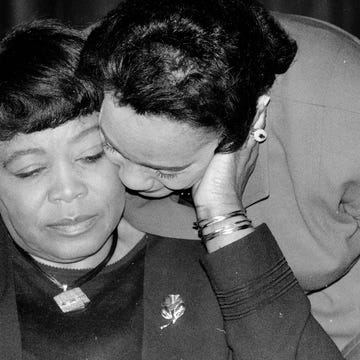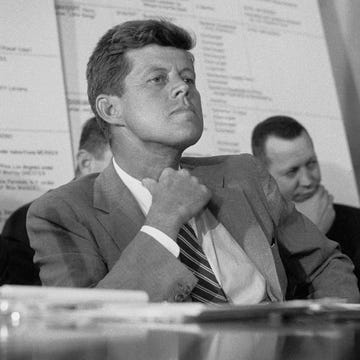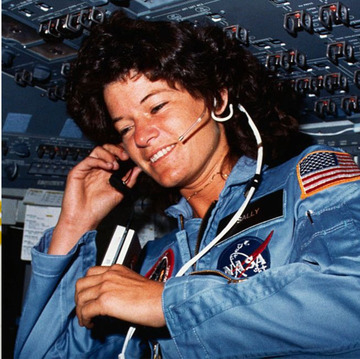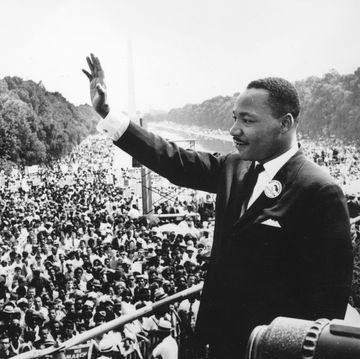30 Civil Rights Leaders of the Past and Present
We’ll feel the impact of these civil rights activists for generations to come.

We may earn commission from links on this page, but we only recommend products we back.
When you’re asked to think of vital Black American civil rights leaders, it’s likely that Martin Luther King Jr. instantly comes to mind—and why wouldn’t he? Throughout the 1950s and ’60s, the hero of the Civil Rights Movement was an unparalleled pillar of strength for African Americans in the nonviolent fight toward equality and the end of legal segregation in the United States. It’s clear that understanding his work—from his arrests to his demonstrations to his unforgettable words of wisdom—is key to having a clearer picture of not only Black history, but American history.
But he’s not the only figure we should actively learn about. Many Black civil rights activists preceded him, stood beside him, or have come after him and toiled in his memory, making it their priority to fight for the freedom of all Black Americans against all odds. Although you might recognize a few of these names from the pages of your history books or Black History Month lessons, others might turn out to be welcome discoveries, especially those hidden figures of our time. Then there are the leaders in our present moment who work to ensure people recognize that #BlackLivesMatter. Although their collective work spans decades, these civil rights leaders all have something in common: We’ll continue to feel their impact for generations to come.
Here are some highlights from the illustrious careers of 30 civil icons, including W.E.B. Du Bois, Dorothy Height, John Lewis, Ibram X. Kendi, and Ruby Bridges.

McKenzie Jean-Philippe is the editorial assistant at OprahMag.com covering pop culture, TV, movies, celebrity, and lifestyle. She loves a great Oprah viral moment and all things Netflix—but come summertime, Big Brother has her heart. On a day off you'll find her curled up with a new juicy romance novel.
Jane Burnett is an Assistant Editor at Oprah Daily, where she writes a variety of lifestyle content for the editorial team. She's a journalist with a pop culture sweet tooth—when she isn't catching up on celebrity news, she's usually listening to a podcast! Jane was previously an on-air reporter in local news, and worked at Thrive Global, Ladders News, and Reuters. She also interned at CNBC through the Emma Bowen Foundation, and is a member of the National Association of Black Journalists (NABJ).

Inside the Long-Forgotten JFK Inaugural Gala

The Assassination of Martin Luther King Jr.
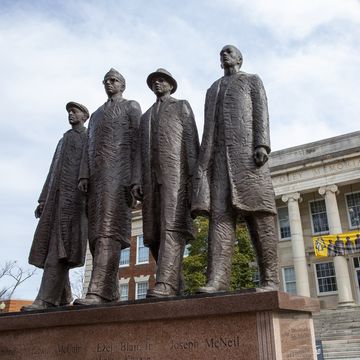
How the Greensboro Four Began the Sit-In Movement

How the Gallaudet Four Paved the Way for the ADA


















